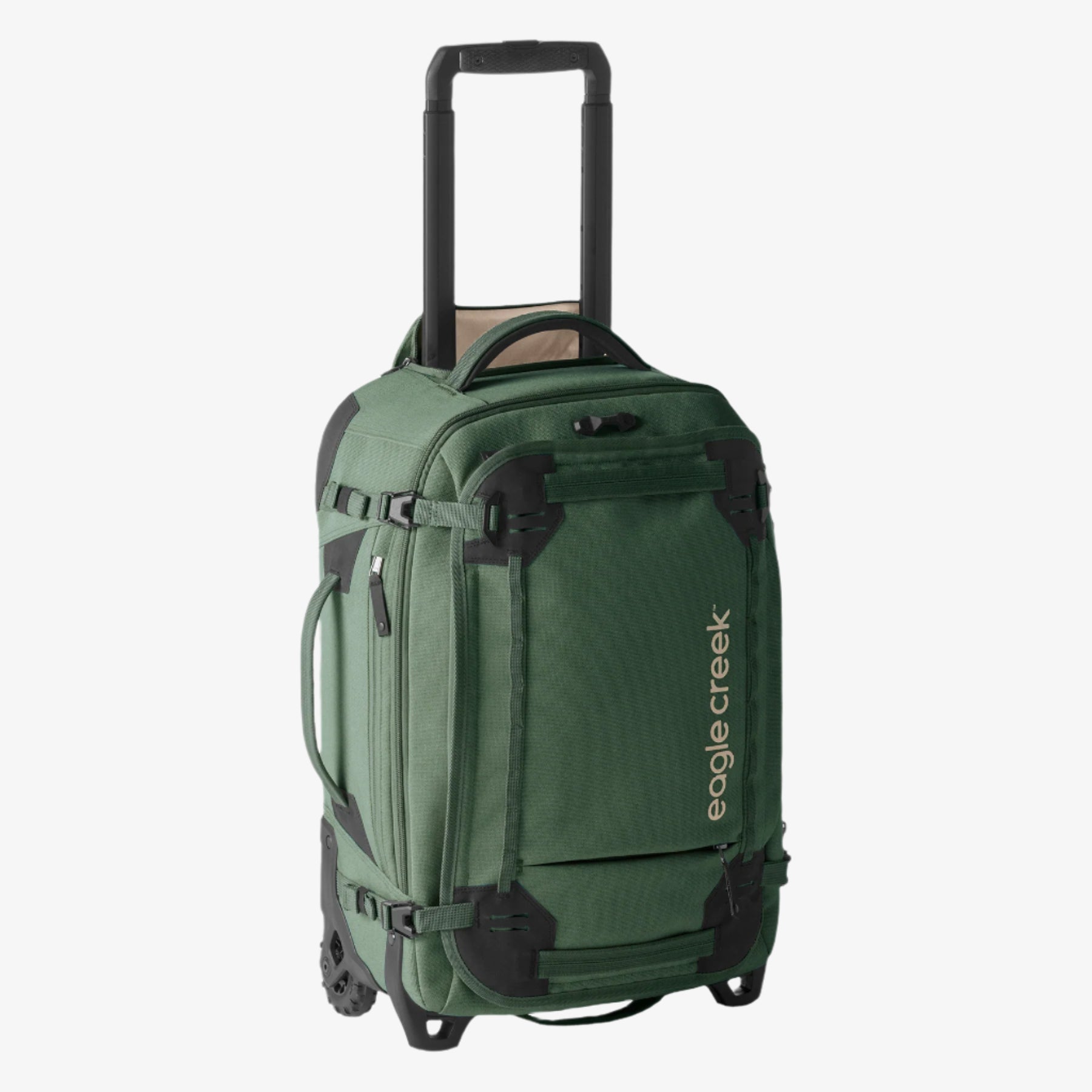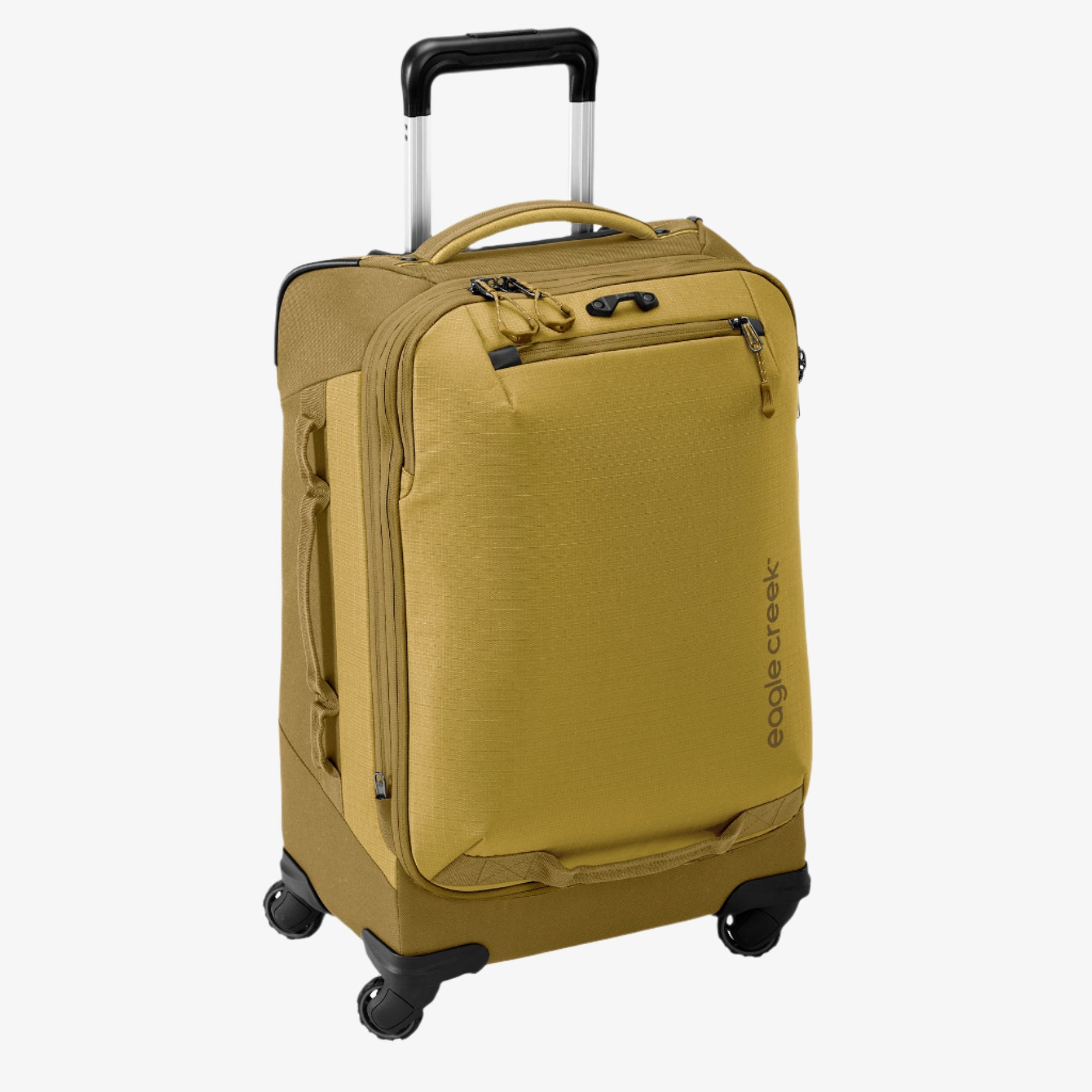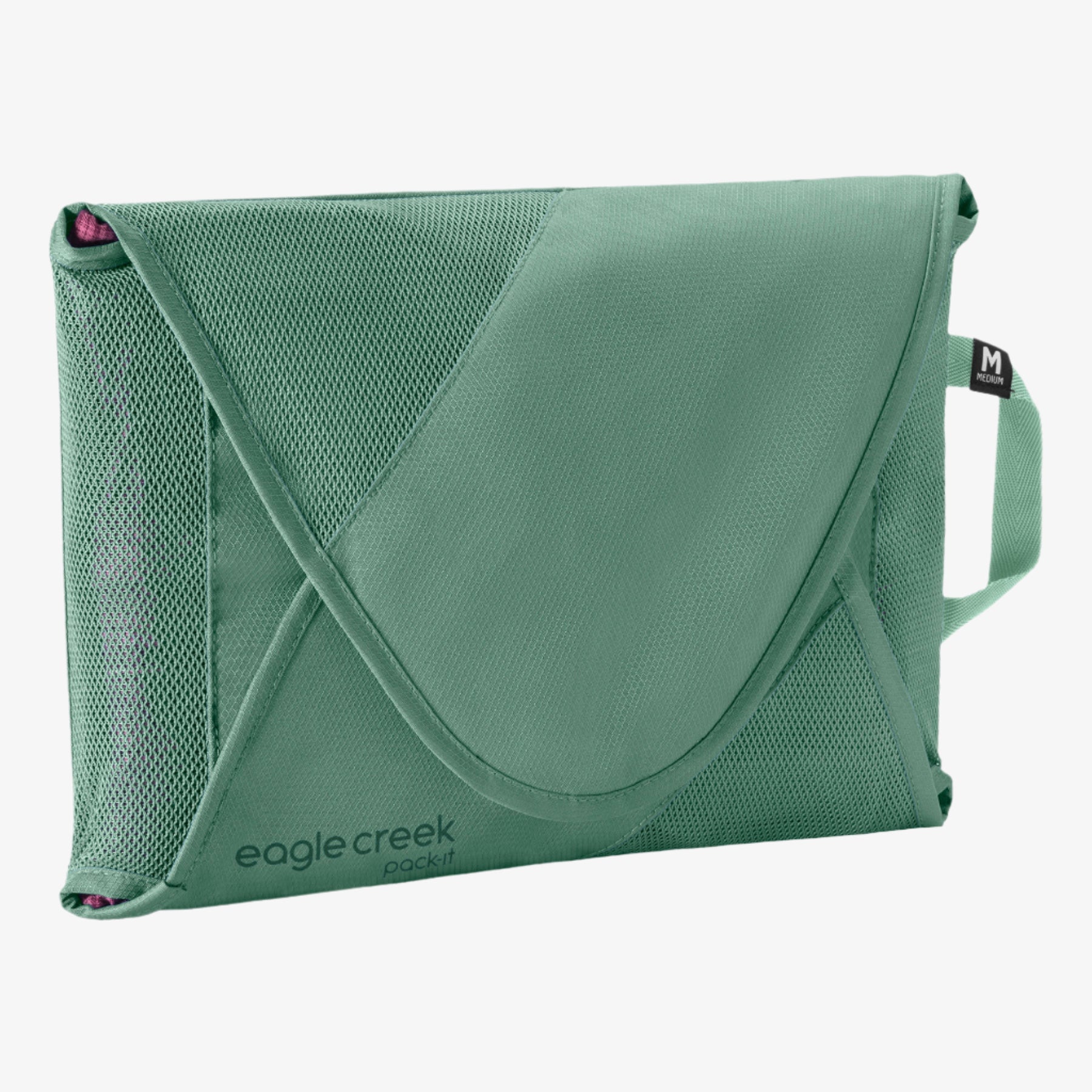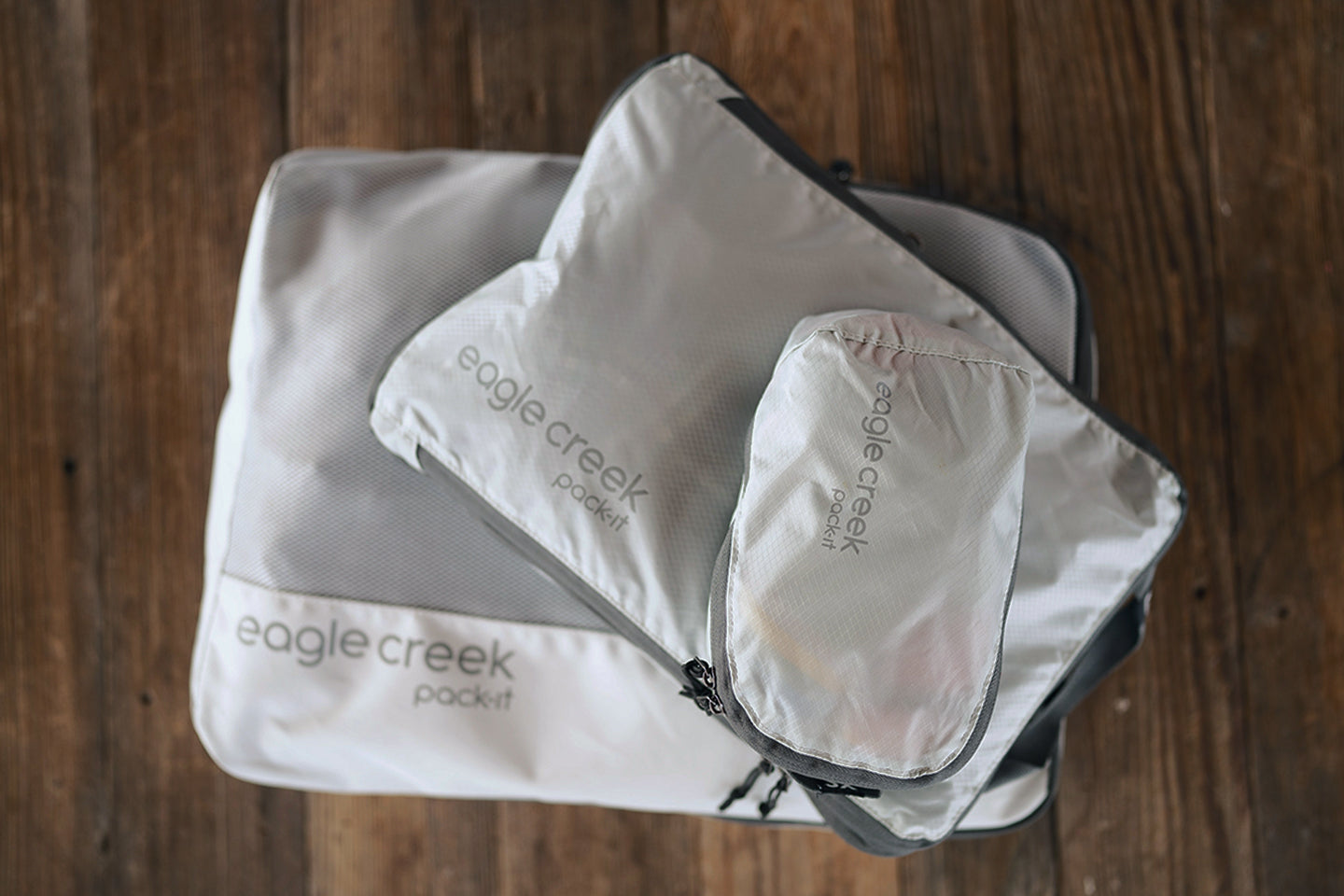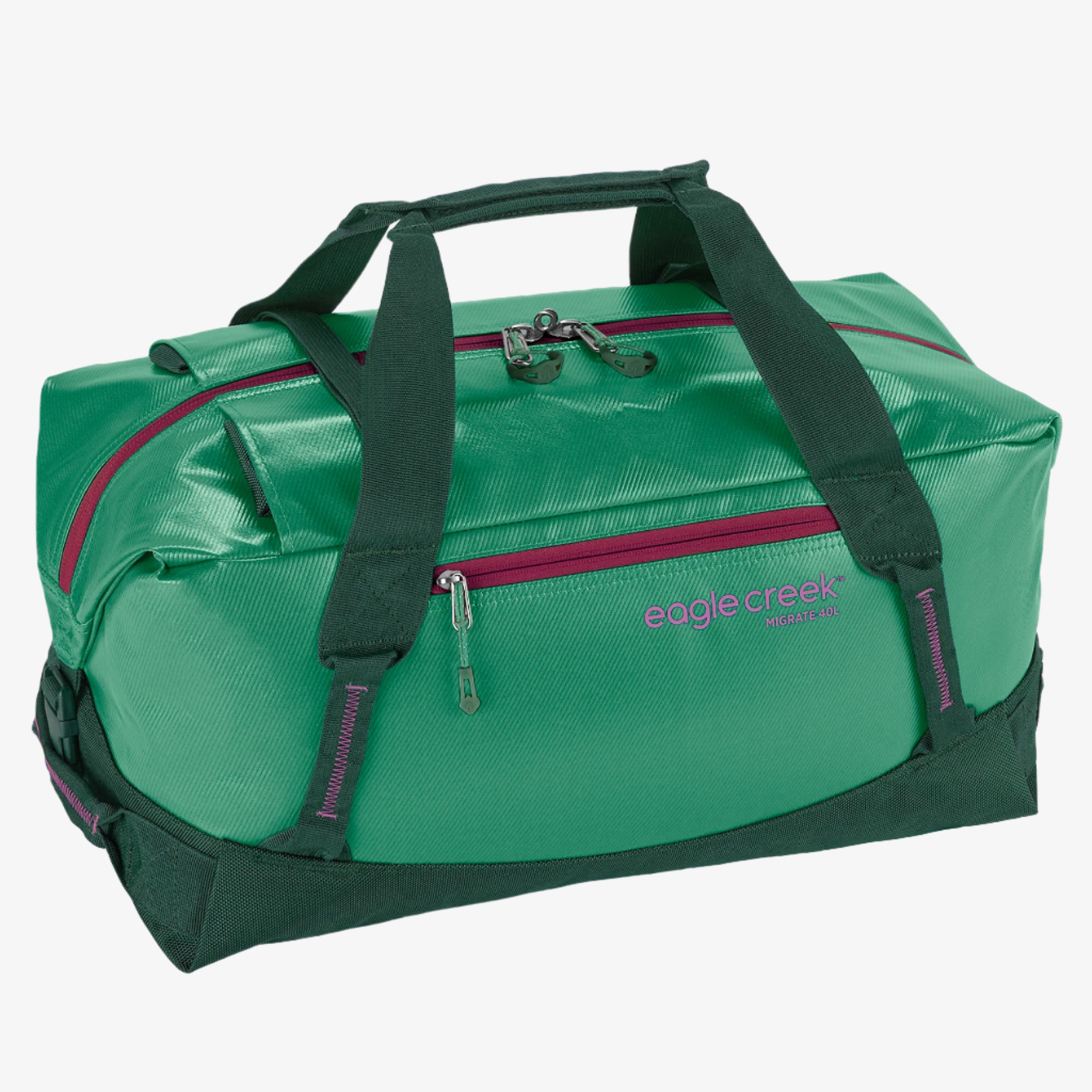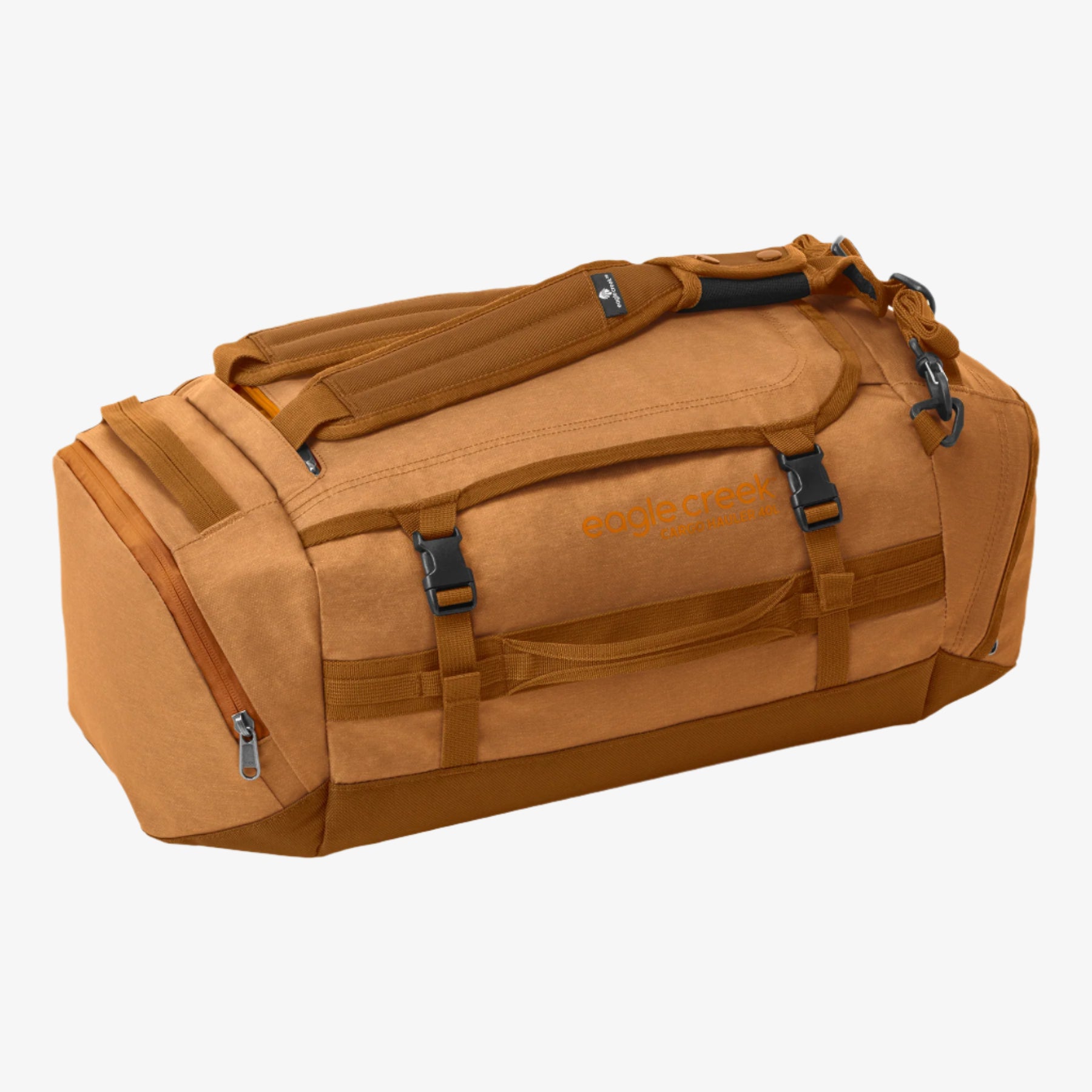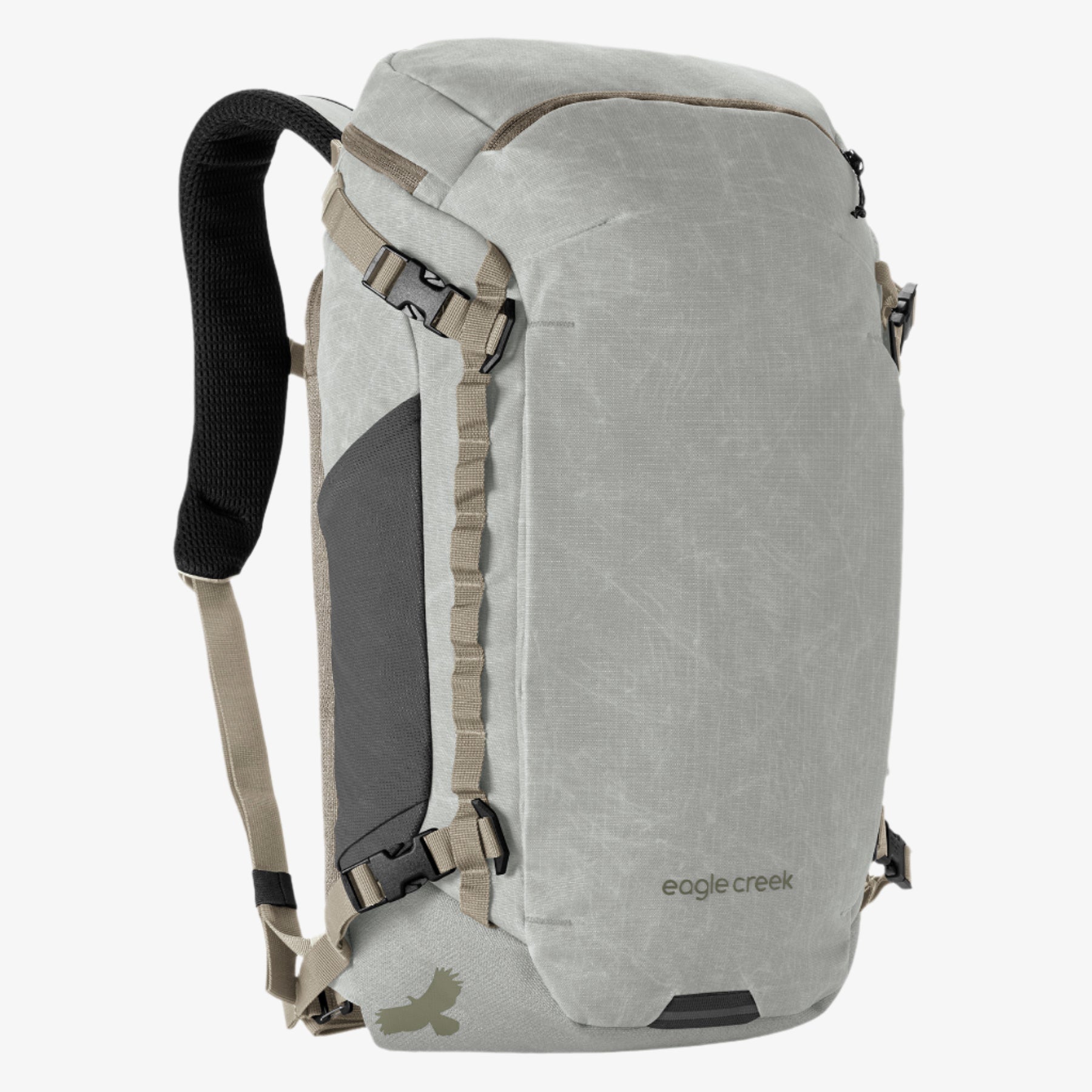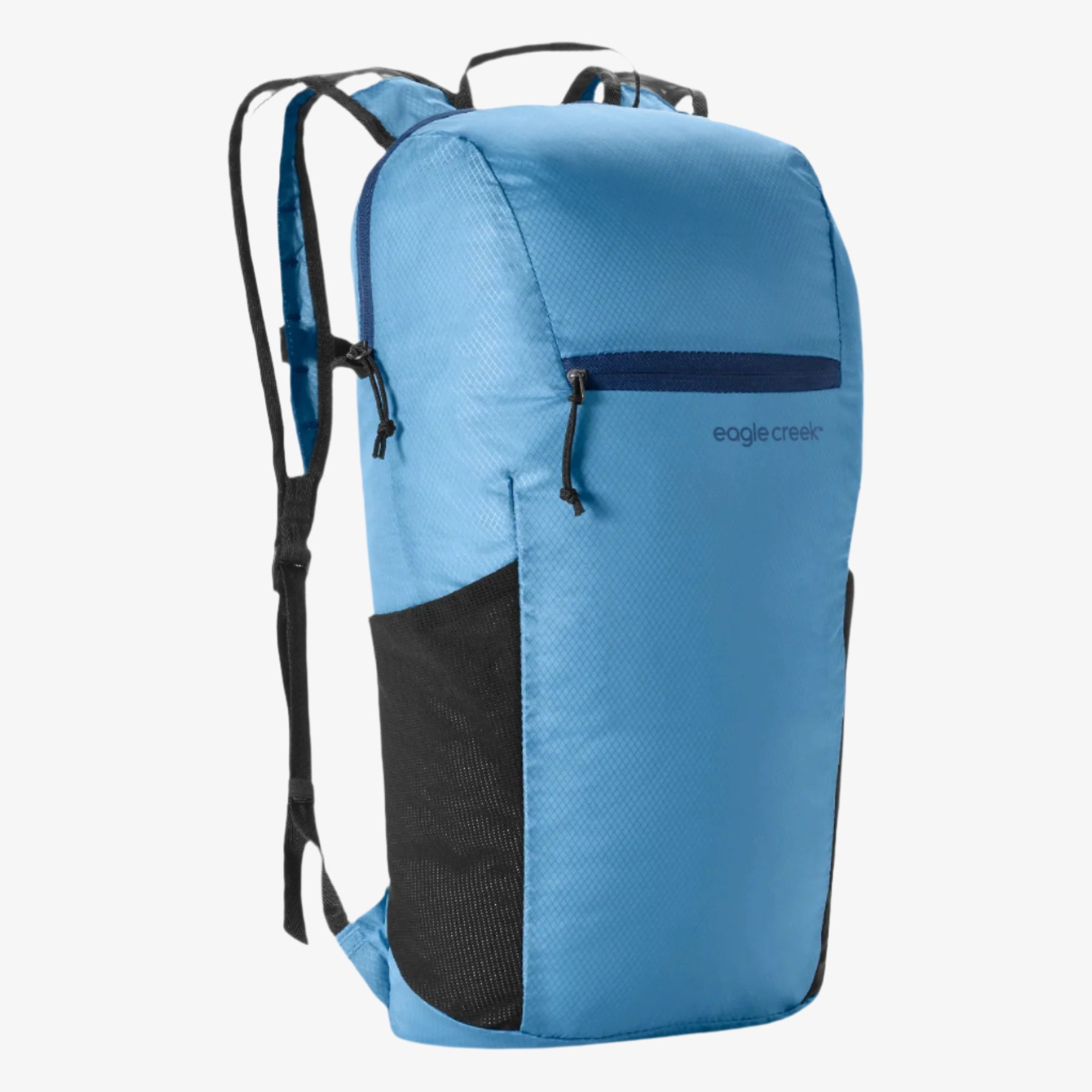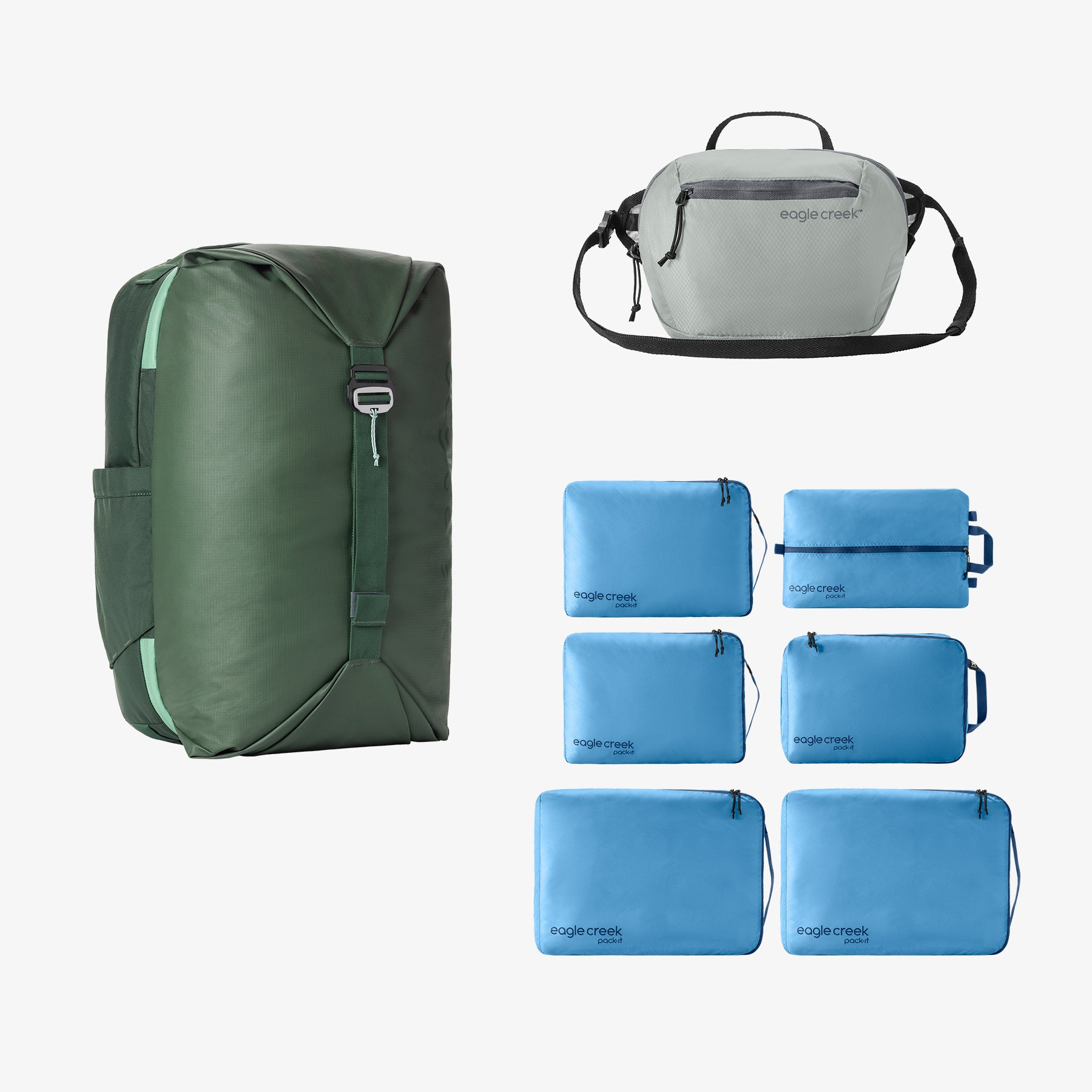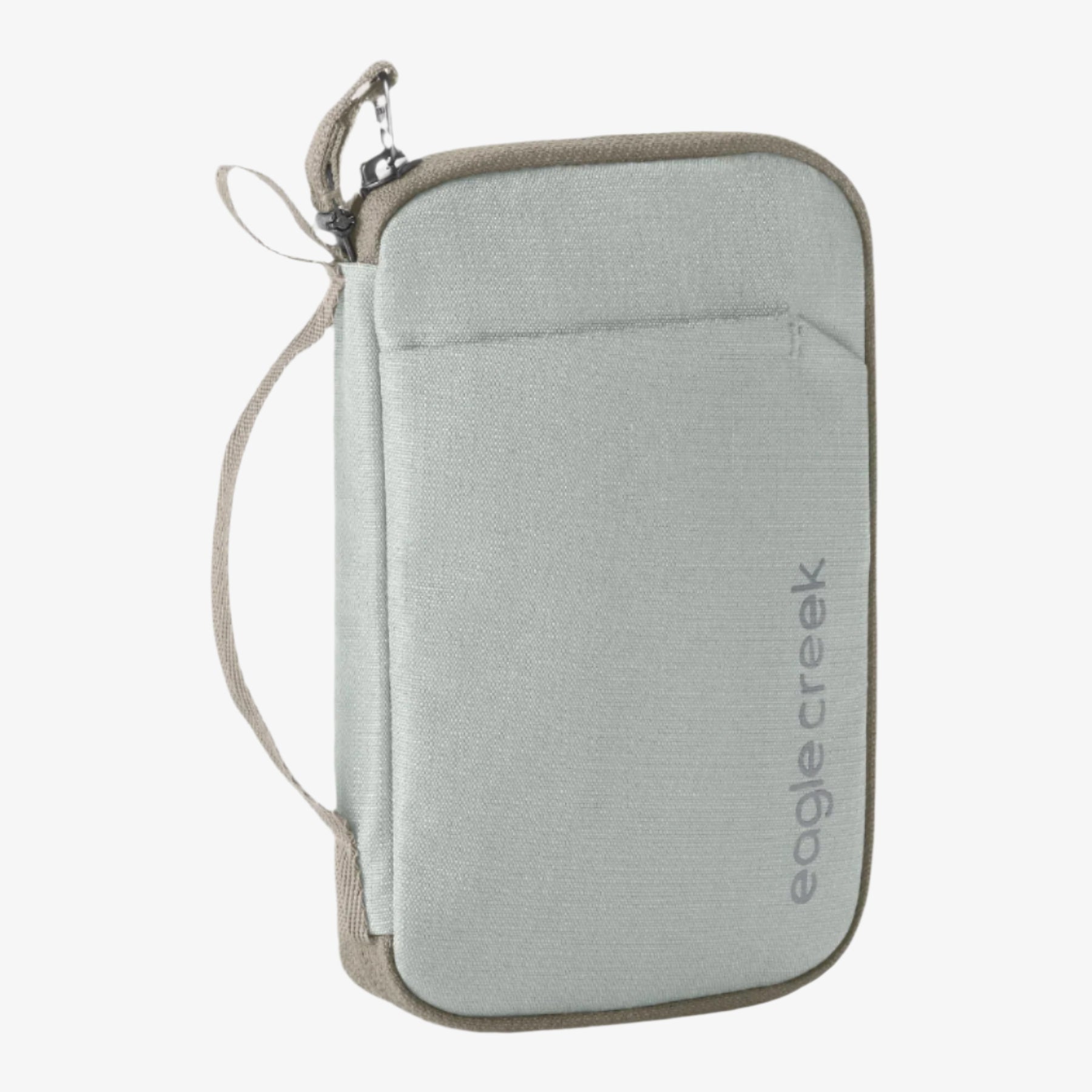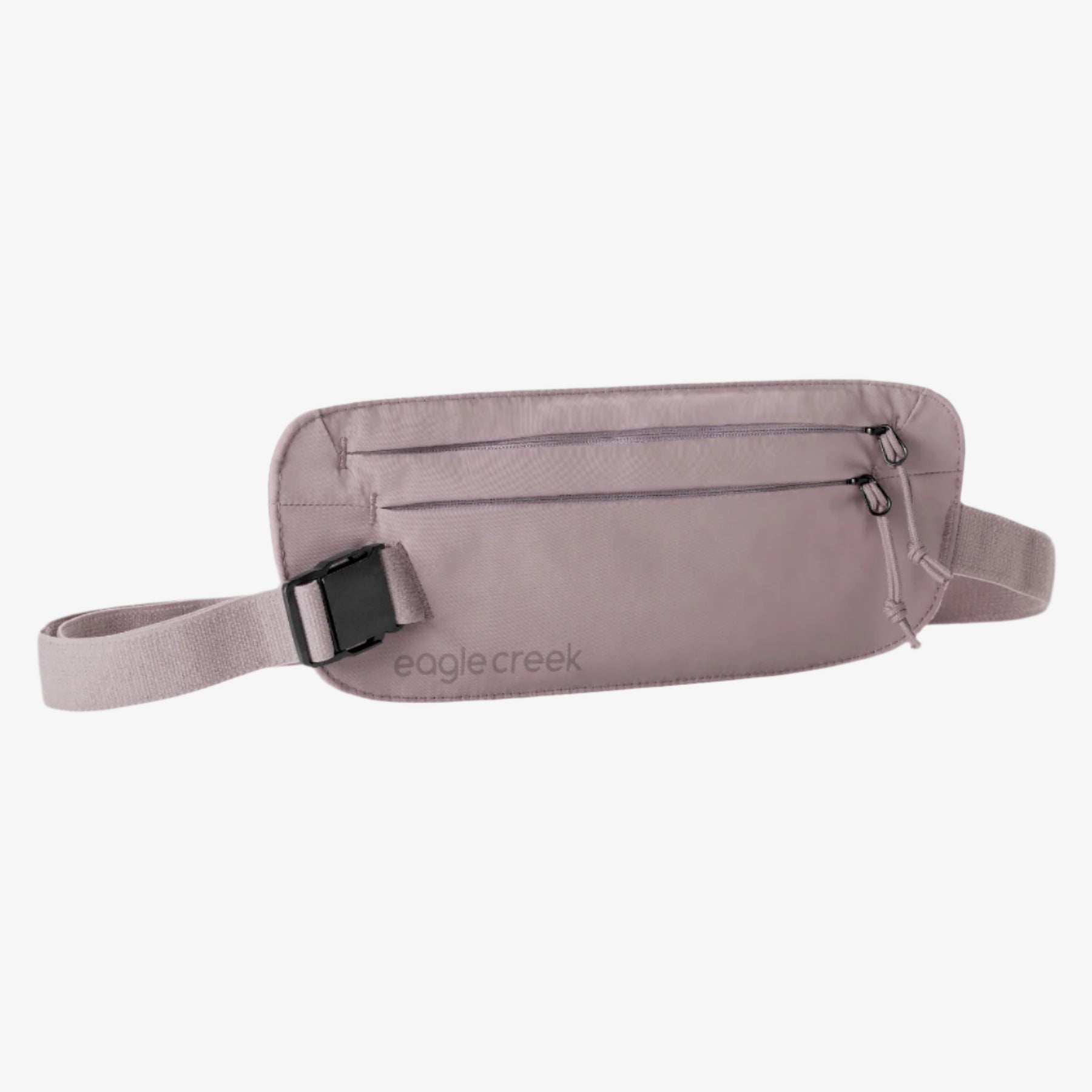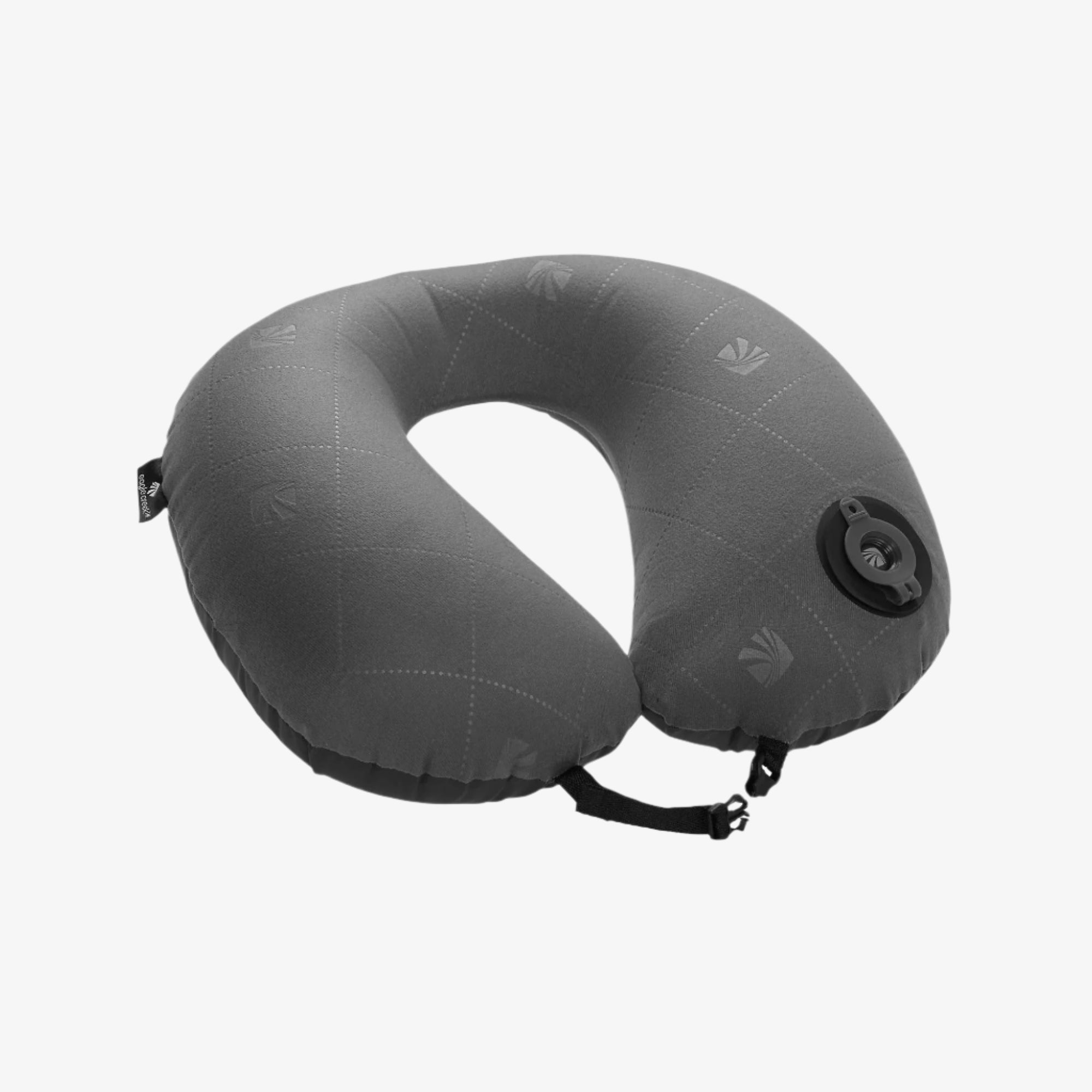Cool Running: 9 Tips to Survive a Winter Run

WINTER RUNNING ISN’T FOR THE FAINT OF HEART! STAY SAFE AND IN SHAPE ON YOUR NEXT COLD WEATHER RUN WITH THESE NINE TIPS FOR THE BOLD AND FIT.
You’re not going to let a little snow keep you from running this winter, are you? If you are training for a spring race — or just want to keep your cardio endurance levels up this season — you might find yourself facing common winter running challenges, including cold temperatures, dark courses, icy roads, and ridiculous wind chill factors. Sounds like a blast, right?
But don’t trade in the natural beauty of an outdoor run for the endless conveyer belt of a treadmill just yet. Instead, prepare yourself for a safe, healthy, (sort of) warm run with these nine tips for winter running.
Warm Up.
The season of cold, tight muscles calls for a thorough warm up. Start inside with some dynamic stretches — such as leg swings, lunge twists, high kicks, hip circles, and butt kicks — before gradually easing into a light jog outside. Not only will warming up help prevent injury, but it will also help your muscles perform at their maximum range of motion.
Don’t Overdress.
Many runners make the mistake of wearing the warmest things they own to combat the cold, only to overheat shortly into the workout. Instead, endure the chill on the first few minutes of your winter run so that you don’t start sweating too soon. Sweat cools your body down, which is just about the last thing you want when it’s already cold out! Instead of a heavy coat, wear moisture-wicking layers that you can shed as your body temperature rises.
Protect Your Extremities.
Once the temperature drops below freezing, be careful not to expose too much skin. Hats and gloves are necessary, and when the temperature really plummets, wear a facemask or balaclava to protect the skin on your neck and face, and provide a protective layer between the dangerously cold air and your lungs. Error on the side of too many winter accessories, as you can always take them off and put them in your hip pack mid-run.
Keep Your Feet Dry.
Having wet feet on any run is uncomfortable. Having wet feet in the winter, though, can also be dangerous. Choose a medium weight, moisture-wicking sock that will protect your feet from sweat, snow, and slush. If you do happen to inadvertently step into an icy puddle, turn around and change your socks and shoes before getting back out there. If you are planning to run while traveling, be sure to pack a water-resistant shoe locker so your wet winter running shoes don’t soak the rest of your belongings.
Know When It’s Too Cold.
No matter how many miles you need to clock to prepare for your next race, don’t run outdoors if the temperature is too low (below -18 degrees Fahrenheit to be exact). According to the American College of Sports Medicine, this is when the risk of frostbite and hypothermia increases. Put in some treadmill time, or take advantage of a Mother Nature-mandated rest day, and stay healthy for your next run.
Save Your Skin.
Even if you’re bundled up, chances are you have at least some exposed skin. You can still get sunburn when you’re cold — especially if the sun is reflecting off the snow — so slather on the sunscreen. And winter air is brutally dry, so keep your skin and lips moisturized, no matter what time of day it is. If your skin starts to feel numb, or turns unnaturally white, get inside and warm up to avoid frostbite.
Light the Way.
Short winter days mean that it’s likely your early morning and evening runs will have to be in the dark. Stay on a well-lit course when possible, and one with a wide shoulder or a sidewalk. Wear reflective layers, and even consider putting on a headlamp or attaching a flashing light to your outfit to make yourself more visible to cars.
Beware of Ice.
Braving this cold weather in the name of fitness is dedication, and the last thing you want it to get you is an icy injury! Watch out for ice on the road, and be mindful that black ice is very difficult to spot (until you are mid tumble!). Do what you can by going slowly around corners, keeping your gaze set on the road ahead of you, and nixing outdoor speed work unless the streets are completely dry.
Mind the Wind.
Dress for the wind chill temperature, and use it as the determining factor when deciding if it’s too cold to run. Manage your sweating by planning your course around the wind when possible: Run into the wind at the beginning of a run — which will delay the onset of sweating — and run with the wind at your back on the way home.
Training for a winter race? Get your race bag organized and ready with the Pack-It Sport™ Active Set. On your mark, get set…


